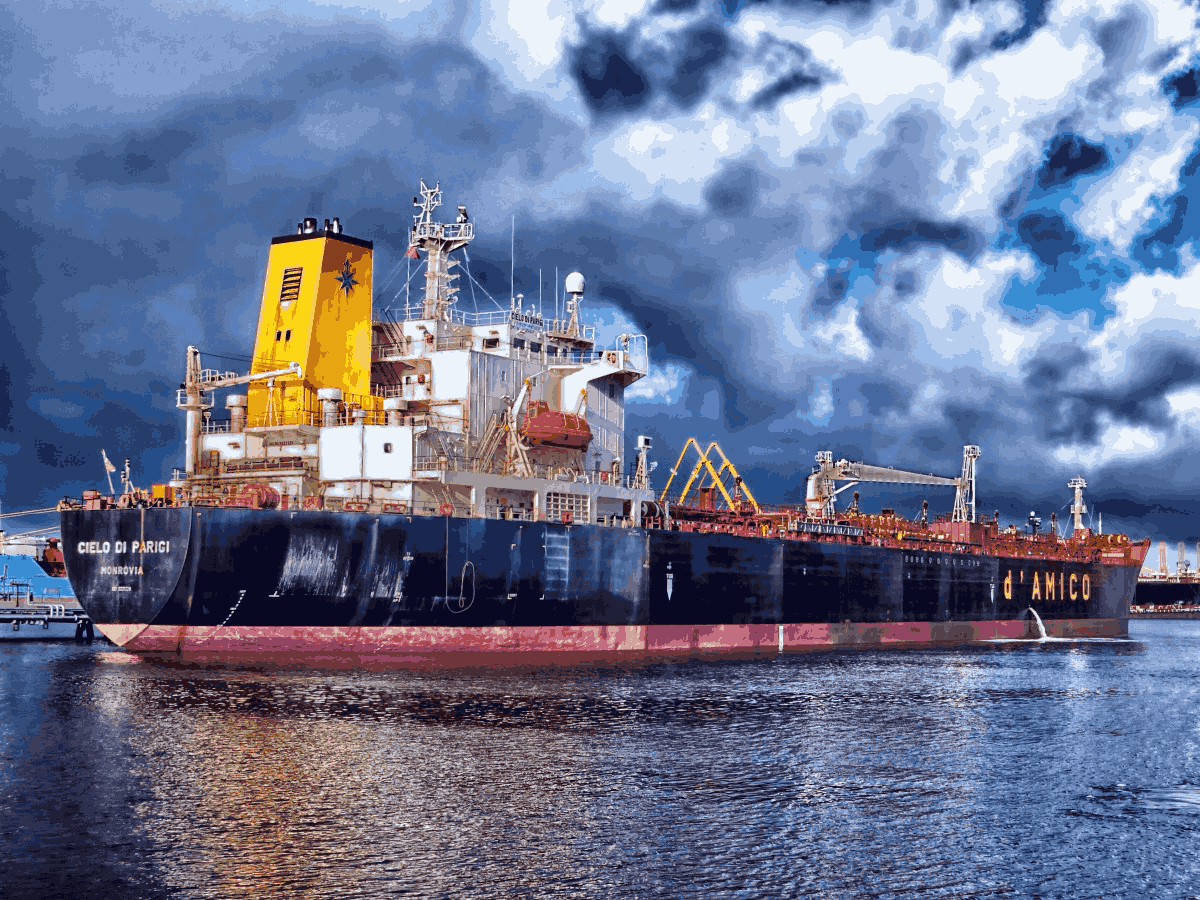Passage Planning Checklist for Mariners
Navigating the open seas is no small feat, and preparation is key to ensuring a safe and efficient voyage. A reliable passage plan not only meets regulatory requirements but also safeguards the vessel, crew, and cargo from unexpected challenges. Whether you’re a seasoned navigator or a novice aboard an ECDIS-equipped vessel, following a comprehensive checklist is essential for successful passage planning.
This blog provides a detailed passage planning checklist to help mariners and navigating officers prepare for any voyage like seasoned professionals.
Why Passage Planning Matters
Passage planning is a pillar of maritime navigation. It ensures that vessels safely travel from point A to point B while accounting for potential hazards, environmental factors, and the ship’s operational limitations. A well-executed passage plan adheres to international maritime conventions, protects lives, and minimizes risks to surrounding environments and properties.
To achieve this, the planning process must cover four key stages:
- Appraisal
- Planning
- Execution
- Monitoring
Here’s a detailed checklist to help you cover all these stages like a pro.
Core Passage Planning Checklist
1. Chart Preparedness
- Verify available charts: Ensure all required passage and approach charts are onboard and arranged for quick access.
- Requisition charts: Send requisitions for charts or nautical publications (if not already available). Include approach charts for bunker ports and refuge ports on your route.
- Confirm corrections: Check that all charts have been corrected to date to account for the latest updates and notices.
2. Sailing Directions and Publications
- Sailing Directions: Review applicable sailing directions and confirm that all corrections are up to date.
- Light Lists: Verify that the light lists for your intended areas of navigation are current and accessible.
- ALRS (Admiralty List of Radio Signals): Ensure all volumes relevant to your voyage are onboard and corrected to their latest status.
- Tide Tables: Collect tide tables and tidal stream atlases for the route and gather relevant tidal data for ready reference.
- Routing Charts: Check routing charts for information on currents, winds, and relevant seasonal data.
3. Temporary & Preliminary Notices
- Cross-check for temporary and preliminary notices impacting your passage. Incorporate these updates into your plan where required.
4. Passage-Specific Publications
- Ocean Passages of the World: Consult this publication to verify established passages and relevant advice for your intended route.
5. Vessel-Specific Draft & UKC Management
- Verify draft calculations: Evaluate the vessel’s draft at various stages of the voyage to confirm it aligns with port and passage limitations.
- Dynamic UKC (Under Keel Clearance): Check and validate UKC requirements, especially in areas with 30-meter contours, canals, or narrow passages.
6. Navigational Aids
- Confirm navigation marks, lights, and conspicuous radar points along the planned voyage. Ensure data aligns with available charts and corrections.
7. Navigational Warnings
- Retrieve latest navigational warnings from Navtex and long-range NAVAREA messages to ensure your voyage incorporates the most current data.
8. Weather Routing
- Collect weather reports and relevant fax charts. Conduct weather routing based on the latest forecasts to prepare for any adverse conditions.
9. Security Advisories
- US Port Advisories: Check the latest advisories for any countries or ports requiring heightened security levels.
- High-Risk Area Notifications: Notify relevant authorities, such as P&I Clubs, MSCHOA, and UKMTO, if operating in high-risk zones. Ensure compliance with regional security protocols.
10. Implementation of Industry Best Practices
- Adopt precautions and procedures in line with the Latest Best Management Practices (BMP) for high-risk areas, ensuring the safety of the vessel and crew.
Supporting Operational Considerations
1. Fuel & Consumption Planning
- Discuss low-sulfur fuel oil (LSFO) requirements with the Chief Engineer for compliance with environmental regulations.
- Confirm additional fuel, lube oils, chemicals, fresh water, and consumables necessary for the voyage.
2. ECDIS-Specific Requirements
For vessels equipped with ECDIS (Electronic Chart Display and Information System), complete an additional ECDIS-specific checklist to ensure all electronic navigational data and settings comply with operational and legal standards.
How to Stay Ahead of Challenges
Even the most detailed passage plans must remain adaptable during a voyage. Keeping the plan dynamic allows for real-time adjustments based on weather developments, last-minute safety notices, or emergencies at sea. Always monitor conditions closely and communicate effectively with the crew and other stakeholders.
Closing Thoughts
Passage planning is a meticulous process, but its importance cannot be overstated. By carefully following the checklist above, you can rest assured that your voyage will comply with international standards and best practices while ensuring the safety of everyone onboard.
Need additional assistance or expert resources? Consider collaborating with maritime service providers or using digital tools designed to enhance navigational safety and reduce crew workload.
Safe seas and fair winds, mariners!
